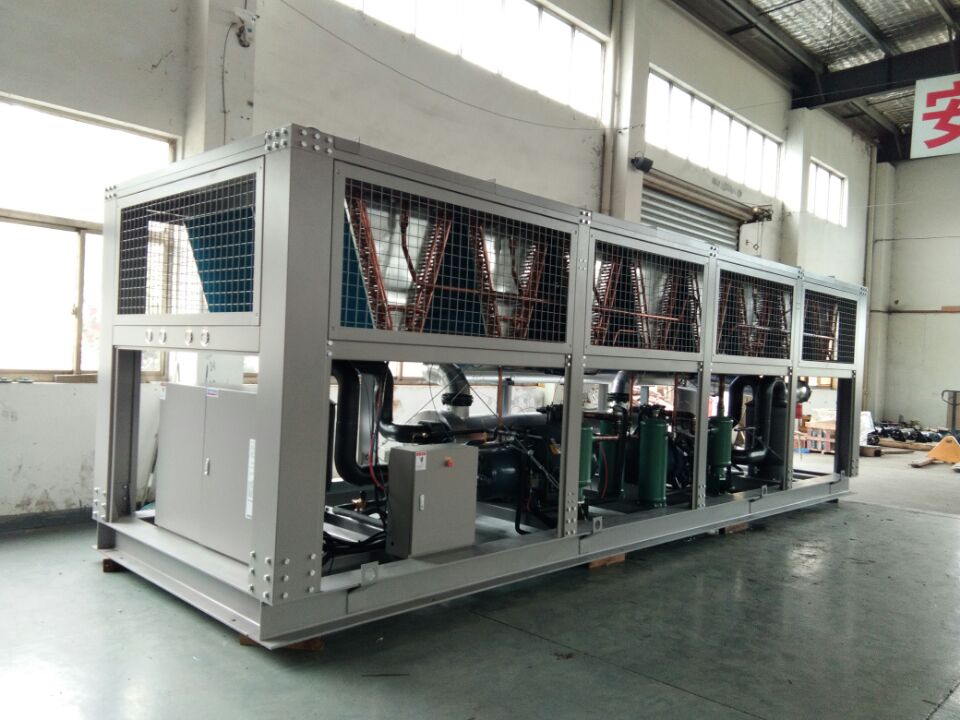First, check the basic operating parameters of the screw chiller. After the screw chiller is turned on, check the basic operating parameters of the diesel generator. Pay attention to the inlet and outlet temperatures of the chilled water, the inlet and condenser pressures of the refrigeration circulating water, and the evaporation pressure.
The end temperature difference converts the condensation pressure and evaporation pressure into the corresponding condensation saturation temperature and evaporation saturation temperature. If the screw chiller touches the display, it can query the cooling temperature and evaporation temperature, and this value is the condensation saturation temperature and evaporation saturation temperature that the screw chiller matches.

If the calculated end temperature difference is greater than 5 ℃, the heat exchanger can be analyzed specifically for scaling. When the end temperature difference is greater than 7 ℃, the situation is severe scaling.
If the temperature difference at the calculation end is too large, the water quality can be checked:
1. Check the water quality of the fiberglass cooling tower, which should be clear and free of sediment, suspended solids, algae, and other sediment. If the cooling water quality of the screw chiller is turbid and the filling material is scaled, and the end temperature difference is greater than 5 ℃, it can be determined that the shell and tube of the heat exchanger are scaled.
2. Frozen water quality: Clean the base, collect water transparently from the chilled water outlet, and observe for turbidity. Shake the base to observe for suspended fine particles. Let it stand still and observe if there is any deposition at the bottom of the base.
If the frozen water is turbid and the temperature difference at the end is greater than 5 ℃, it can be confirmed that there is scaling on the shell and tube sides of the heat exchanger.
The above are several important steps in the maintenance and inspection of screw chillers. I hope it can be helpful to everyone.




